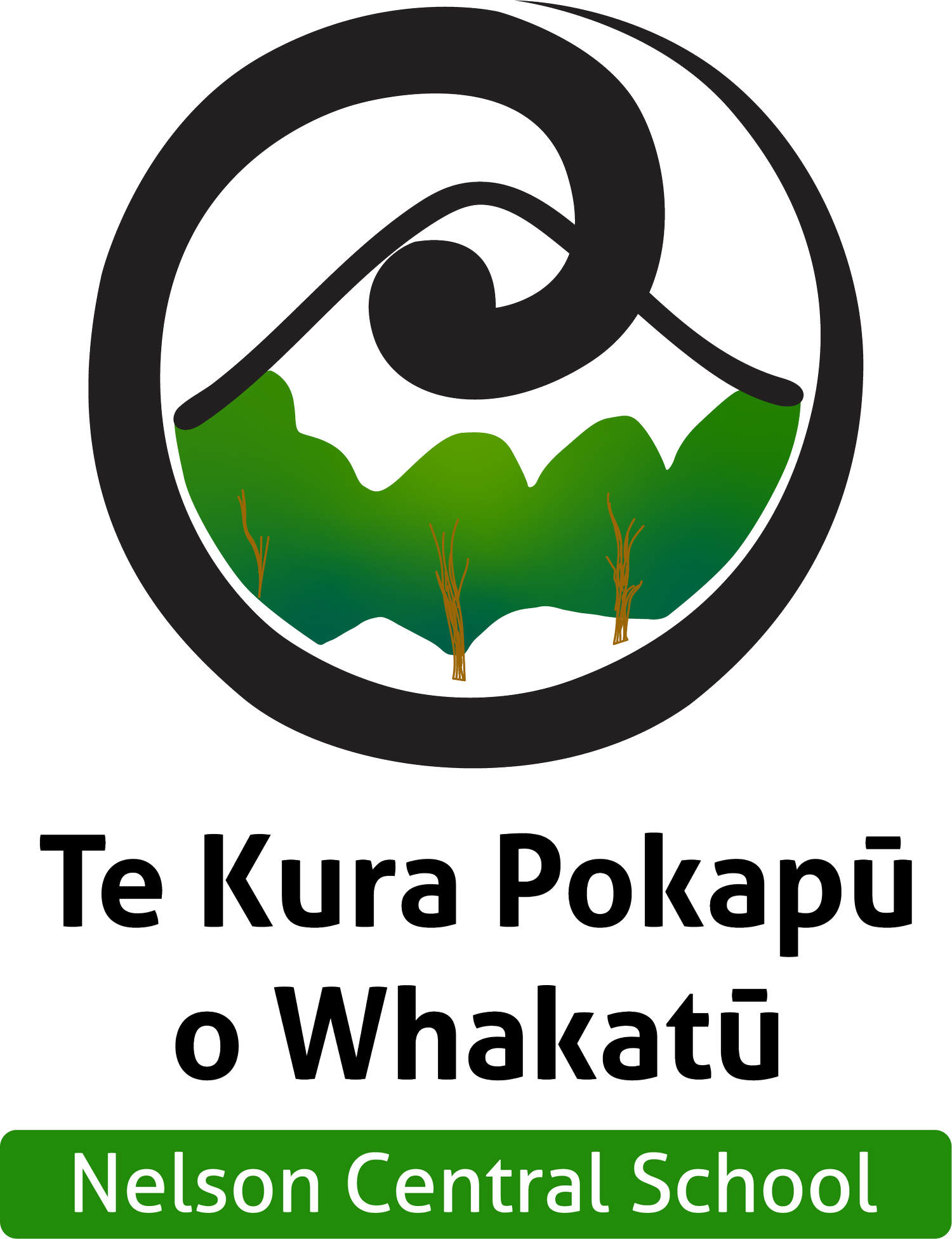
Aim High- Ki Runga Rawa
School Haka -Te Kura Pokapū
Ringa pakia
Ko wai te kura - Te Kura Pokapū
Ko wai te kura - Te Kura Pokapū
Ko tōku mana nō oku tipuna, heke iho ki ahau e
Iahaha
He kākano au, e tipu ake nei
Kia matomato ai te tipu
Aue, aue, aue Hī
This haka was written in 2019 to celebrate the launch of the Nelson Central School Graduate Profile - The 5 Central C’s. The haka was written by Tom Alesana and is classified as a ‘haka taparahi’, a haka with set actions. The haka follows a simple slow tempo and should remain this way to ensure clarity of words, and proper enunciation of the words.
Explanation
The first line asks the performers to slap their thighs. If done properly, the slapping of the thighs gives the tempo and speed of the haka. This also represents the unity of our school, as individuals who come together for a common purpose. The following two lines introduces who we are, our school name and the kaupapa of the haka - to share who we are.
‘Mana’ is pride and strength. This mana has been handed down from generation to generation and is the strength that all tamariki possess within themselves. The haka allows the tamariki to express this mana. The use of the words ‘Heke iho’ evokes the same sentiment as ‘tuku iho’, which is generally used within waiata and haka to acknowledge the transmission of intergenerational knowledge. When considering these lines together, the potential power and strength that these tamariki have within them is the strength and power that has been handed down to them through their whakapapa - genealogy. The acknowledgement of their whakapapa within the haka also reinforces the importance of their identity and links to the three overarching principles of our Graduate Profile - Equity, Excellence and Belonging.
A ‘kākano’ is a seedling that grows in the forest. Within the haka, the use of the word ‘kākano’ is derived from the whakatauki or proverb “he kākano i ruia mai i Rangiātea” which means “I am a seedling that was sown in Rangiātea”. Rangiātea is the uppermost heaven where Tāne ascended to get the 3 baskets of knowledge - Ngā Kete o te mātauranga. This places the performer as a learner who is developing within our school. The use of the word ‘tipu’ derives from the whakatauki “tūngia te ururua kia tipu whakaritorito” which means “clear away the dead leaves so that the young shoots may grow”. This also suggests that our tamariki can have external barriers and it is our job to ensure that these barriers are broken down so they may grow to their true potential. Thus, the final line “kia matomato te tipu” which encourages the tamatiki to flourish in all areas of their life - flourish in our learning, flourish in our world.
